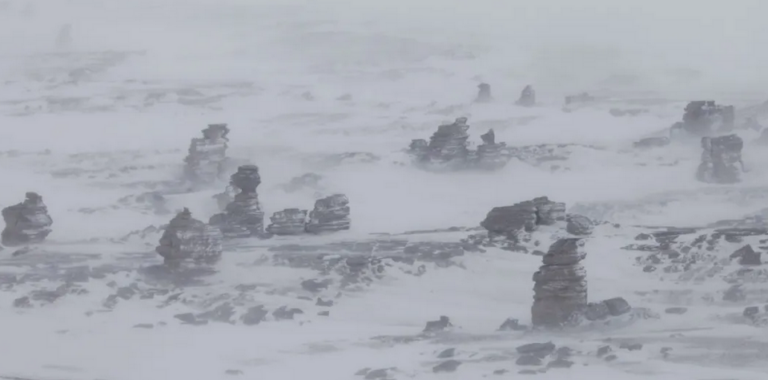Earth’s rising temperature poses a bevy of public health risks, from air pollution to extreme temperatures.
Now, concerns are growing that ancient diseases frozen in the Siberian permafrost could make a comeback as the world’s ice melts.
As global temperatures rise, the world’s ice and permafrost — ground that has remained at or below freezing temperatures for more than two years — is melting rapidly. Scientists say the Arctic could see ice-free summers by the early 2030s.
As temperatures rise, ancient viruses trapped beneath the ice have been revealed — and some are still infectious. A 30,000-year-old virus (infectious, thankfully, only to amoebas) was “revived” from melting Siberian ice in 2014, the journal Nature reported.
Is there a meaning behind the Egyptian Pyramids location? (video)
Though that virus wasn’t dangerous to humans, scientists worry that a disease that infects humans could be freed from the melting ice. The World Health Organization has prioritized “Disease X” in its efforts to prevent future pandemics.
Continue here: The Cool Down
Ask me anything
Explore related questions





